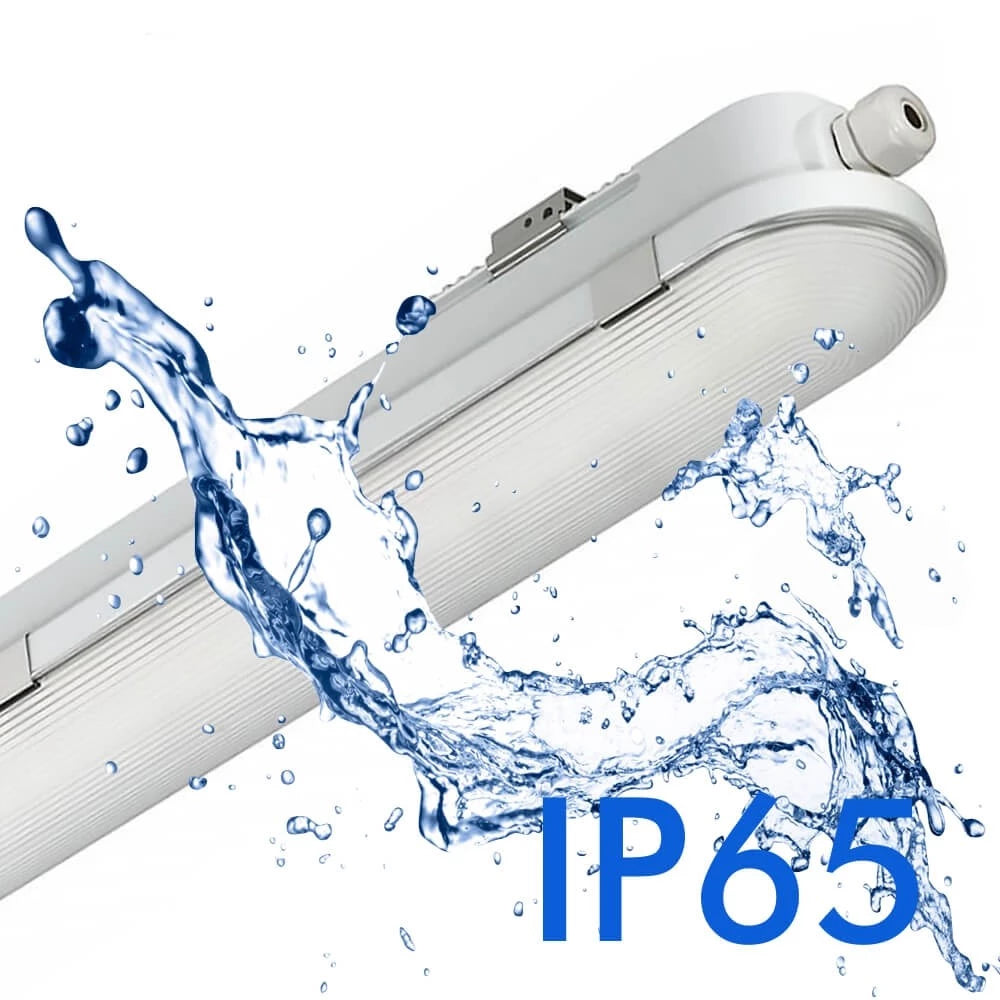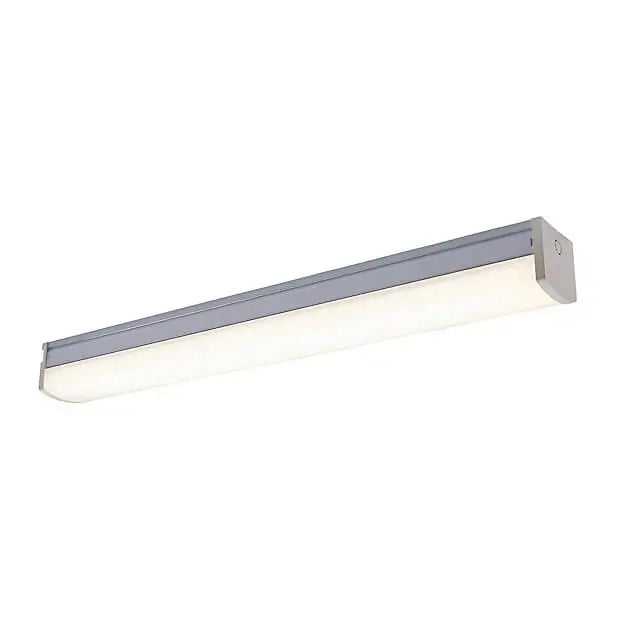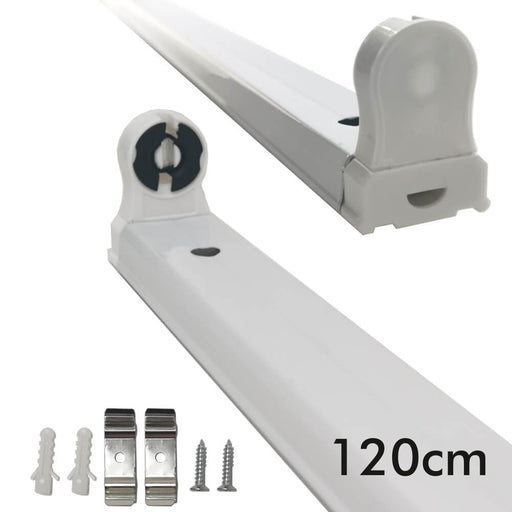What are LED batten lights?
LED batten lights are slim, linear lighting fixtures that provide bright, even illumination across wide areas. Designed as a modern, energy-efficient replacement for traditional fluorescent tube lights, they’re ideal for garages, warehouses, utility rooms, offices, schools, and commercial or industrial spaces. LED battens are available in a range of sizes, colour temperatures, and mounting options, making them a versatile solution for both ceiling and wall installations.
How do I install an LED batten?
Installing an LED batten typically involves mounting the fixture directly to a ceiling or wall and wiring it to the mains power. Most LED battens come with a quick-fix bracket, terminal block, or push-fit connector. Turn off the power supply before installation, and always follow the manufacturer's instructions. If you’re not experienced with electrical work, it’s strongly recommended to hire a qualified electrician to ensure a safe and compliant setup.
What is the lifespan of LED batten?
High-quality LED batten lights can last between 30,000 to 50,000 hours, depending on the brand, usage, and environment. This means they can operate for several years without needing replacement, making them a cost-effective and low-maintenance lighting option. Unlike fluorescent tubes, LED battens don't flicker or degrade significantly over time, maintaining consistent brightness and efficiency throughout their lifespan.
Can LED batten lights be replaced?
In most modern LED batten designs, the LEDs are integrated into the fixture and cannot be replaced individually. When the unit reaches the end of its life, the entire fixture is typically replaced. However, due to their long lifespan and energy efficiency, LED battens still offer excellent value over time. Some models may have replaceable driver components, but this depends on the design.
Do LED batten lights need earthing?
Whether an LED batten requires earthing depends on its construction. Class I fittings (metal-bodied) must be earthed for safety, while Class II fittings (double insulated, often plastic-bodied) do not require an earth connection. Always check the product specification or label. If you're unsure, consult with a certified electrician to ensure the installation complies with current electrical regulations in Ireland.












